Yunnan, China, a province celebrated for its breathtaking landscapes and rich cultural tapestry, holds a hidden gem in its remote corners: the Dulong Valley. For those fascinated by body modification and the enduring art of tattooing, this valley offers a glimpse into a vanishing world. Here, nestled within the Gaoligongshan National Park, reside the last Dulong women carrying the indelible marks of their heritage – face tattoos. These aren’t mere decorations; they are profound cultural narratives etched onto skin, telling stories of identity, tradition, and resilience.
A Dulong woman showcases her traditional facial tattoos, a practice unique to her tribe and a powerful symbol of cultural identity.
The journey to Dulong Valley is an adventure in itself, leading through diverse ecosystems from temperate to tropical forests within the Gaoligongshan National Park. This isolation has fostered a unique culture, home to the Dulong ethnic group, one of China’s smallest and least understood populations, numbering around 10,000. What truly sets the Dulong apart is their now-forbidden tradition of tattooing young women’s faces. Encountering the few remaining women bearing these tattoos is like stepping back in time, offering a rare and intimate connection with a living history of body art.
Meeting the Living Canvases: Stories Etched in Ink
The anticipation builds as you approach the Dulong villages, the realization dawning that you are about to witness a living testament to a fading art form. Seeing photographs and documentaries is one thing; meeting these women face-to-face, observing the intricate patterns etched onto their skin, is an entirely different experience.
Jiang Linqing: Bearing Tradition with Quiet Dignity
Portrait of Jiang Linqing, a Dulong woman born in 1942, displaying the characteristic linear tattoos across her face, a symbol of her cultural heritage.
Jiang Linqing, born in 1942, was the first Dulong woman encountered. Despite the modern changes in her life, including a new government-provided home, the traditional tattoos on her face spoke volumes about her past. The attention from tourists, however, seemed to weigh heavily on her. It’s a poignant reminder of the complex reality for these women, who are living relics of a bygone era, often viewed more as attractions than individuals. Approaching with respect and offering a small token of appreciation, as is customary in remote Chinese communities, allowed for a brief connection. Although conversation was limited, the encounter itself was a powerful moment of witnessing living history.
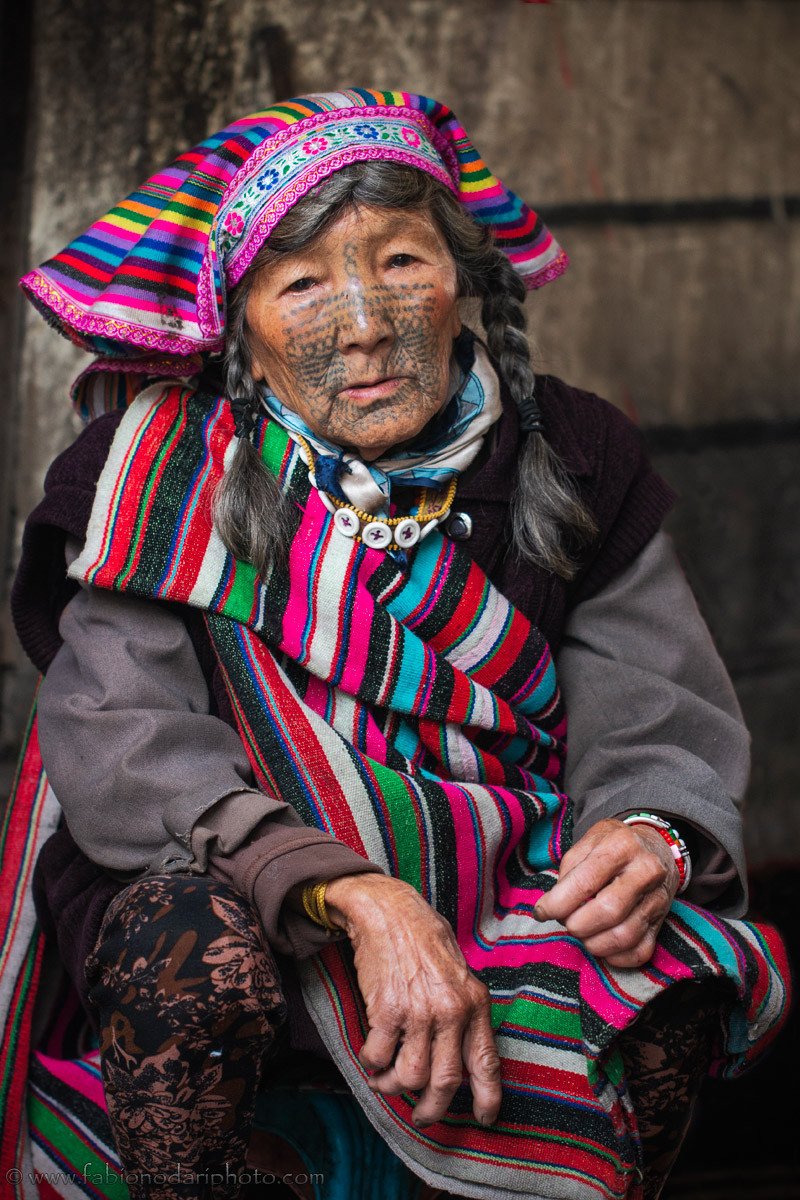 Dulong woman with tattoos on her face
Dulong woman with tattoos on her face
Li Wenshi: The Valley’s Celebrated Storyteller
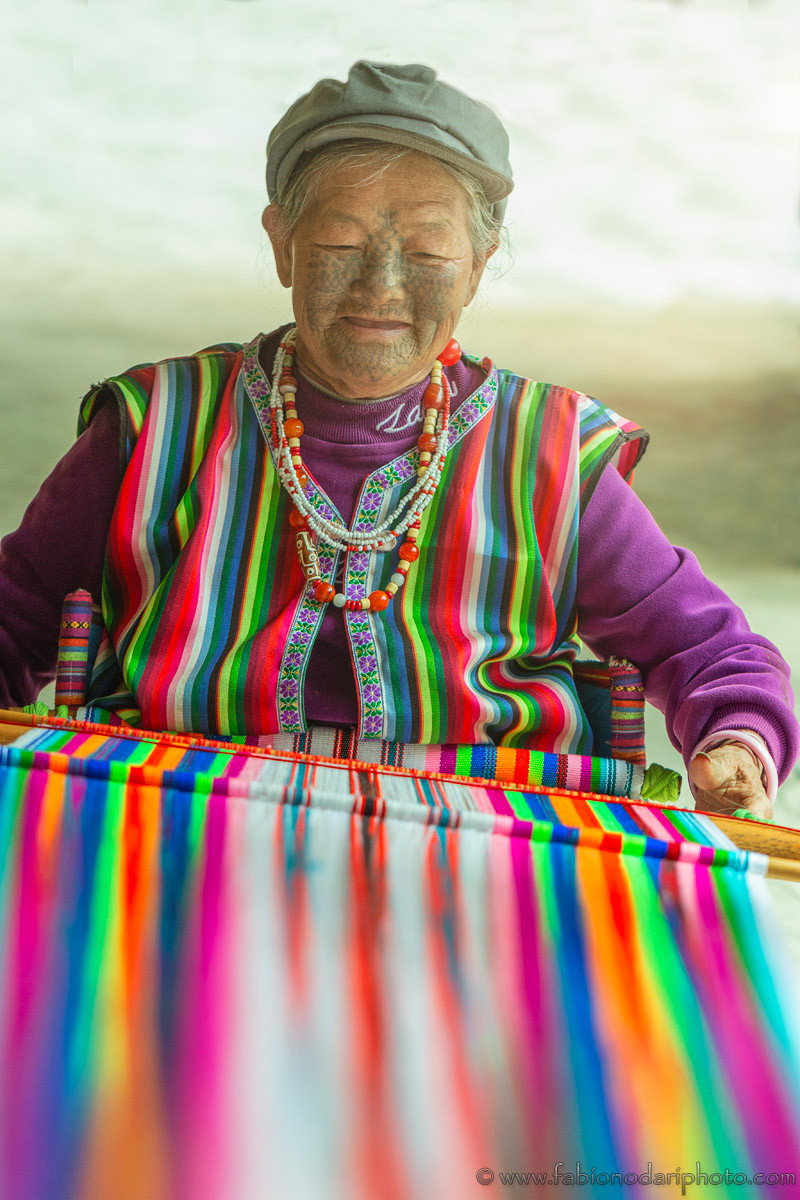 Dulong woman with tattoos on her face
Dulong woman with tattoos on her face
Li Wenshi, born in 1947, is a stark contrast to the reserved Jiang Linqing. She is known within the Dulong Valley and beyond, her image widely circulated as a symbol of Dulong culture. Meeting her is like encountering a local celebrity. Open and engaging, Wenshi vividly recounts the painful tattooing process she underwent at age 13. Her willingness to share her experiences provides invaluable insight into the practice and its impact on Dulong women. Classified as a “living fossil” by local authorities, her health is closely monitored, underscoring the fragility of this cultural heritage. Her stories, combined with her visible tattoos, make her a powerful ambassador for Dulong traditions.
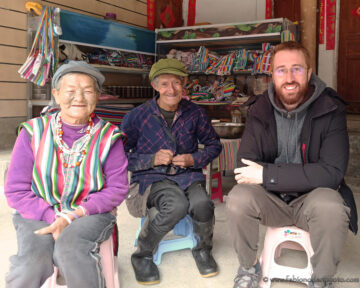 Dulong woman with Dulong guide
Dulong woman with Dulong guide
Lian Zixian: Bridging the Language Gap
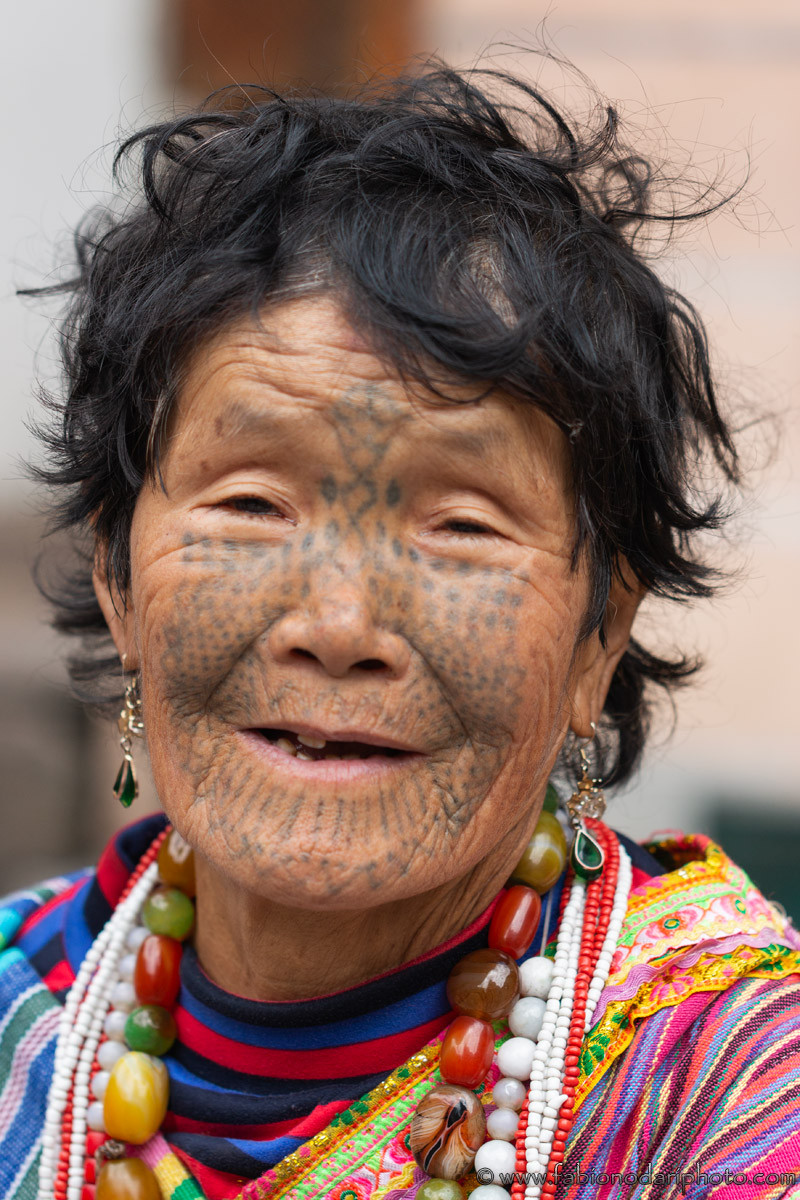 Dulong woman with tattoos on her face
Dulong woman with tattoos on her face
Lian Zixian, born in 1943, presents a different kind of encounter, one highlighting the challenges of cultural preservation. Unlike the other women, she speaks only the Dulong language, requiring a translator to communicate even basic ideas. Her tattoos, applied at the relatively late age of 23, are a testament to the enduring nature of the tradition even as times changed. Despite the language barrier, a connection is forged, emphasizing the universal language of human experience and the visual narrative powerfully communicated through her facial tattoos. The struggle to find Dulong language speakers underscores the imminent threat to this unique culture as Mandarin Chinese increasingly becomes the dominant language, even in this remote valley.
The Enigma of Dulong Face Tattoos: Origins and Meanings
The question naturally arises: why Face Tattoos For Women? While anthropological interpretations vary, the most widely accepted explanation is rooted in protection. The Dulong Valley, historically isolated and vulnerable to raids from neighboring tribes like the Tibetans or Lisu, developed facial tattooing as a deterrent against kidnapping. By marking young girls with tattoos, they became less desirable for enslavement or marriage outside the tribe, effectively protecting them and preserving the Dulong community. This theory positions face tattoos not as mere adornment, but as a crucial survival mechanism, a visual declaration of identity and belonging that safeguarded Dulong women. Dismissing alternative theories, such as purely artistic butterfly representations, experts emphasize the functional and protective nature of this tradition.
Journey to the Dulong: A Traveler’s Guide to a Tattooed Culture
Visiting Dulong Valley to witness this extraordinary cultural phenomenon requires planning and preparation. The journey itself is part of the experience, offering stunning vistas and a sense of venturing into the truly remote.
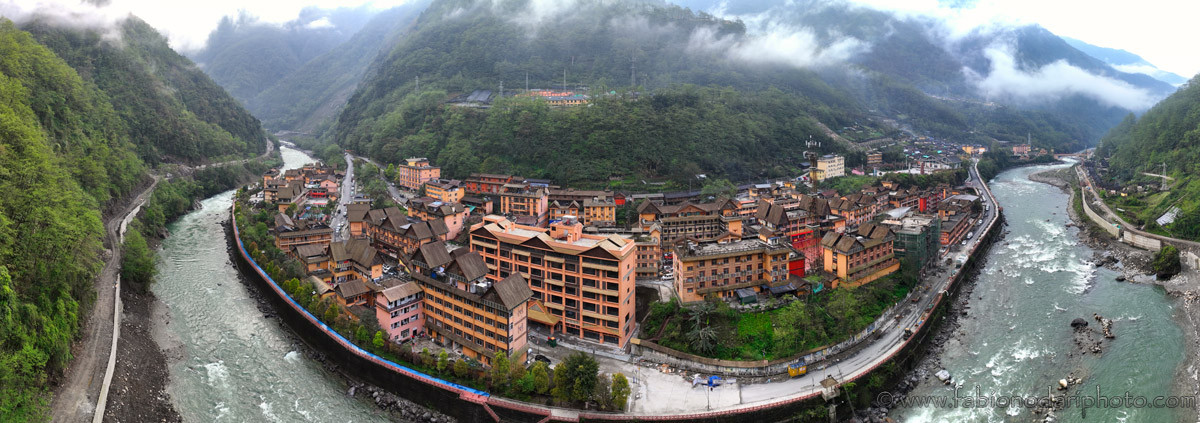 Dulongjiang village
Dulongjiang village
Reaching Dulongjiang Village: This village serves as the primary base for exploring the region and seeking out the Dulong women. Hiring a local driver is essential due to the challenging terrain and lack of public transportation suitable for navigating the remote valley. Starting points for the journey are typically Dali or Baoshan, both accessible by high-speed train from Kunming. The route from Baoshan often leads through Liuku, Fugong, and Gongshan, with the final leg from Gongshan to Dulongjiang being the most scenic and demanding, taking approximately 2 hours. The entire journey from Liuku to Dulongjiang can take around 8 hours, offering breathtaking views of the Nujiang and Dulong River valleys.
Best Time to Visit: Careful timing is crucial. Avoid winter and the rainy season (May to August) due to road closures from snow, landslides, and construction. April and September are ideal, with April offering clearer river waters before the rains begin.
Tips for Finding Dulong Tattooed Women: Finding the women requires local knowledge. Engage a driver familiar with the area who has up-to-date information on their whereabouts. Villages like Longyuan and Xiongdang, near Dulong Village, are known locations. However, due to the advanced age and mobility of these women, their location can be fluid. It’s essential to be prepared for the possibility of not encountering them despite your best efforts, highlighting the precious and fleeting nature of this cultural encounter. Permits are also required to enter the valley, with daily visitor limits, so advance planning and driver assistance are vital.
Face Tattoos for Women: A Broader Perspective
While the Dulong women represent a unique and localized tradition of face tattoos for women, their story resonates with broader themes within the global history of tattooing. Across cultures, women have often been bearers of significant tattoos, marking rites of passage, social status, or spiritual beliefs. From Berber women in North Africa to Maori women in New Zealand, facial tattoos, in particular, have served as powerful visual markers of identity and cultural belonging. The Dulong example, with its protective origins, adds another layer to this rich tapestry, demonstrating how body modification can be deeply intertwined with survival and cultural preservation.
Final Reflections: Honoring a Vanishing Art
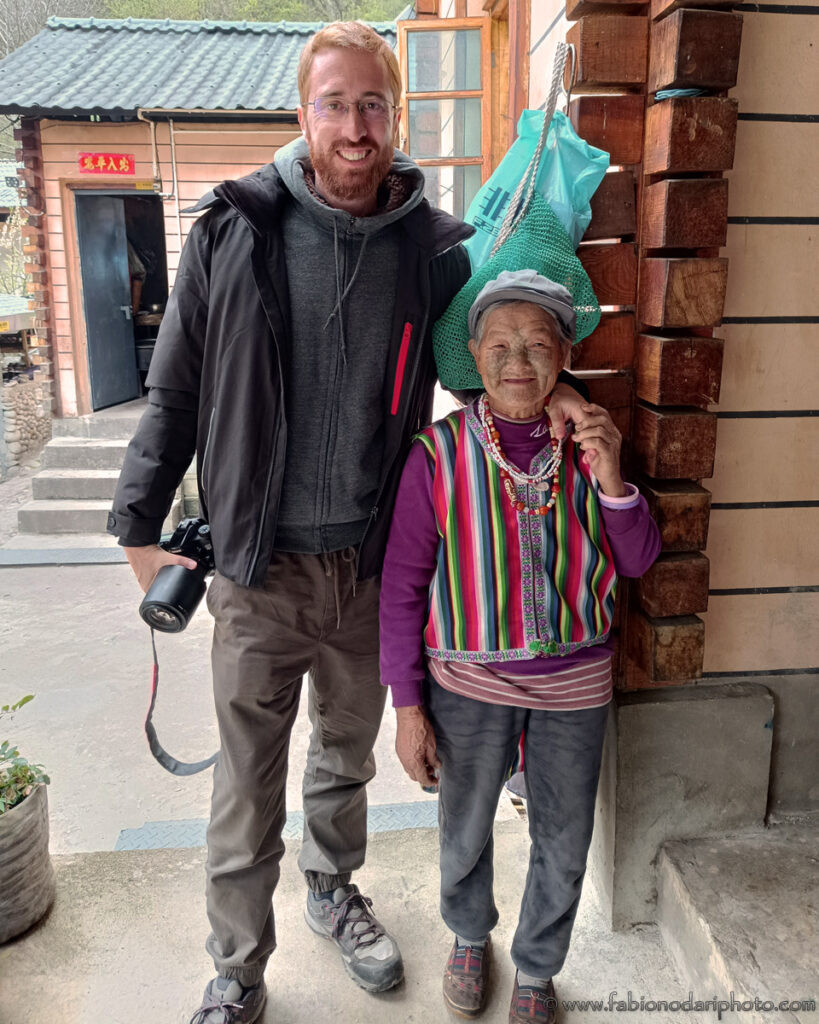 Dulong women with visitor
Dulong women with visitor
Meeting the Dulong women with face tattoos is more than just witnessing a unique cultural practice; it’s a profound experience of connecting with living history. It’s a reminder of the power of body art to tell stories, preserve traditions, and define identities. As modernization encroaches even on the most remote corners of the world, the stories etched onto the faces of these women become increasingly vital. They are living archives, carrying within them the legacy of a culture on the cusp of change. For those interested in tattoos, cultural heritage, and the human story, the Dulong Valley offers a journey into a world where skin becomes a canvas for enduring cultural narratives. Explore more about the diverse world of tattooing and its rich cultural significance at tattooat.com.
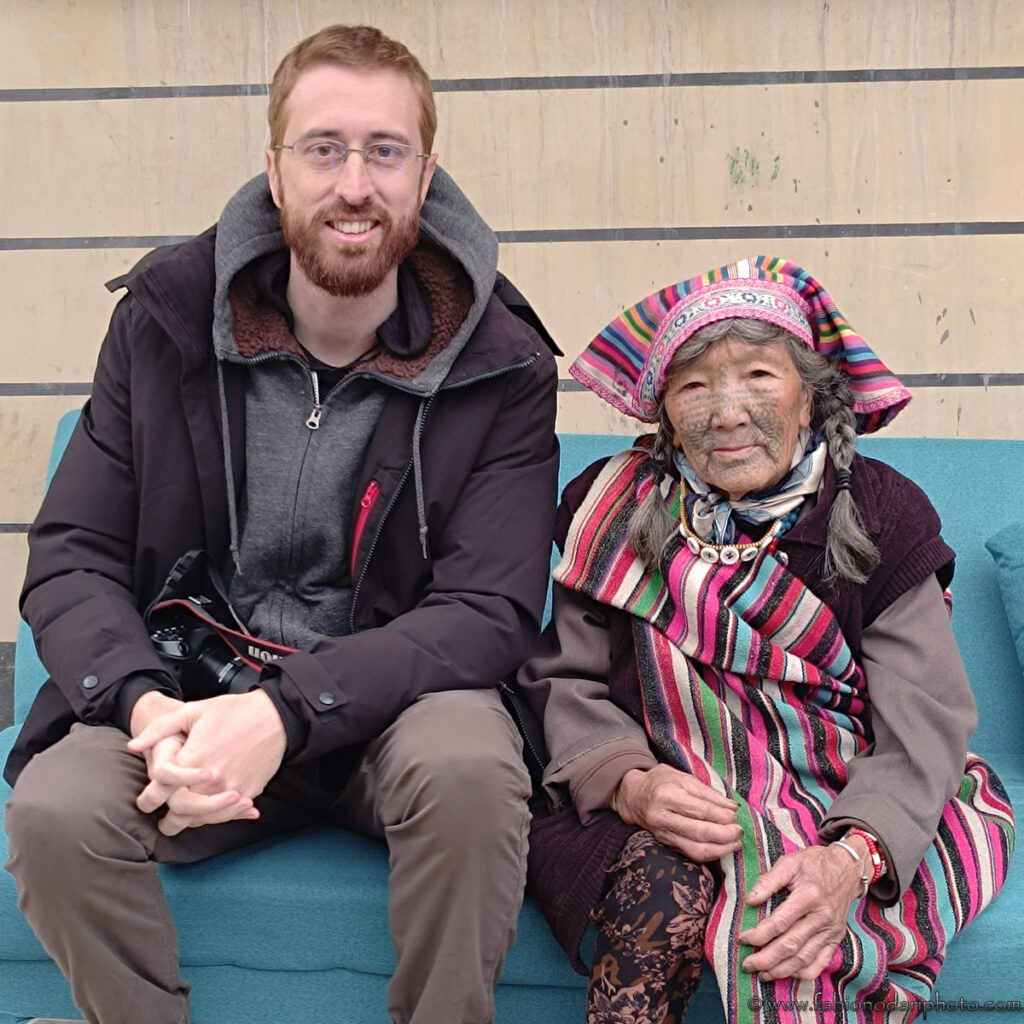 Dulong woman with visitor smiling
Dulong woman with visitor smiling
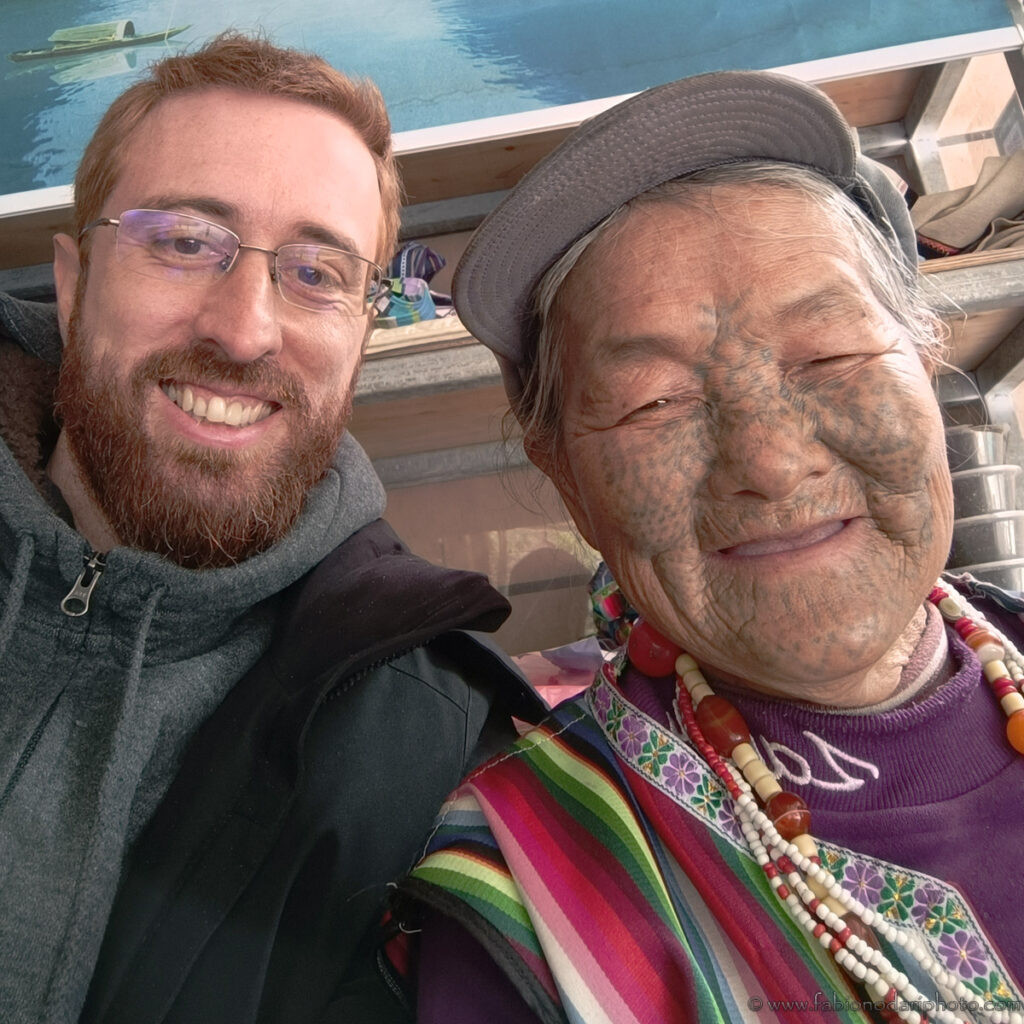 Dulong woman in traditional clothing
Dulong woman in traditional clothing
 Dulong woman with detailed face tattoos
Dulong woman with detailed face tattoos
 Dulong woman looking thoughtful
Dulong woman looking thoughtful
